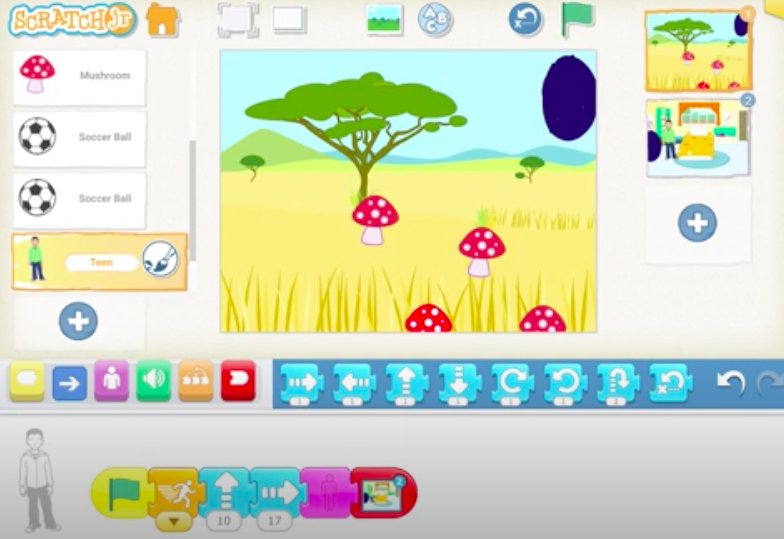Teaching Philosophy
Curriculum
Units of study and assessments are created using the ISTE Standards, Next Generation Science Standards, and the Common Core Standards. Some curriculum programs that have been integral to my STEAM class include
Google’s Be Internet Awesome
Common Sense Media
Learning.com
Code.org
Project Lead the Way
Kodable
STEM Scopes
Assessment
Formative assessments, such as exit tickets, help me understand how my approach to a lesson was received by students. If I notice that a key concept was misconceived, it informs me to reteach that part of the lesson again.
Summative assessments in my classroom are usually presented as projects or challenges. These assignments give students the chance to apply what principles and topics we’ve covered in a meaningful way.
Informal assessments are helpful to me during a lesson. A simple thumbs up/thumbs down or raise of hands can tell me if my pacing is appropriate or if I am delivering the lesson in a way students can understand. Another important informal assessment is questioning techniques. Asking a variety of open and closed questions during a lesson can assess for comprehension, but also push students to think critically.
Student reflections are used as a means to help students think about and verbalize their thinking process. This also gives students a chance to identify their “glows”, things they did really well, and their “grows”, things that they can improve upon.
Student interviews offer a unique opportunity to have students explain their ideas and thought processes verbally. In this approach, I am not so much concerned with a student getting the “correct” answer, but rather how they arrived to that point of thinking.
Surveys help me gauge student interest about topics we are studying or I might be planning to implement in the future. Surveys also help me understand student perceptions about themselves as learners.
Growth Mindset
In the classroom, students should be encouraged to make mistakes, and guided by their teachers to see opportunities for growth from failure. This mindset will help them build a foundation of lifelong learning. Another key aspect to this mindset is understanding that most learning comes from the process, not the product they’ve created. Students should feel that learning is not about perfection, but about effort and reflection.
Personalization
With every project, I aim to provide students multiple pathways to meet the end objective. The purpose of this is to give students agency, so that they can either choose a pathway that is familiar to them, or take a risk and try something new. In order for students to be invested in and take ownership of their work, I believe they should be given the space to use their creativity. In my experience, when children’s choices are supported, their work ends up exceeding the expectations I had for the task.
Communication
Communicating consistently with guardians, students, and colleagues is key to a successful educational partnership.
Guardians can reach me on Google Voice, Class Dojo, or by email. I send updates about projects, classwork, behavior frequently.
Students can communicate with me on Google Classroom, Clever, or in person. I share individual feedback with students on Google Classroom and Google Docs.
Colleagues can reach out to me by email or in person. As a specials teacher, I make sure to communicate any schedule changes with teachers whose prep periods may be impacted.
Mindfulness
Following the shifts from virtual to blended to in-person learning, I witnessed changes in the way that my colleagues and I communicated with one another. For many of us, the transition brought up feelings of stress, anxiety, and frustration. Realizing that the same feelings were arising in my students, I wanted to greet them daily with a few moments of mindfulness—oftentimes breathing exercises that were tailored to the energy I felt from each group. My kindergarteners that were growing sleepy from a long school day would begin class with an energizing breath or a dance video. For my third graders that would come to my class right after lunch, we’d begin with a calming or focused centered breath. I believe these exercises make an attempt to set the tone for the class session, and also remind students that when these feelings come up individually, they can pause and have a moment to recenter themselves.





